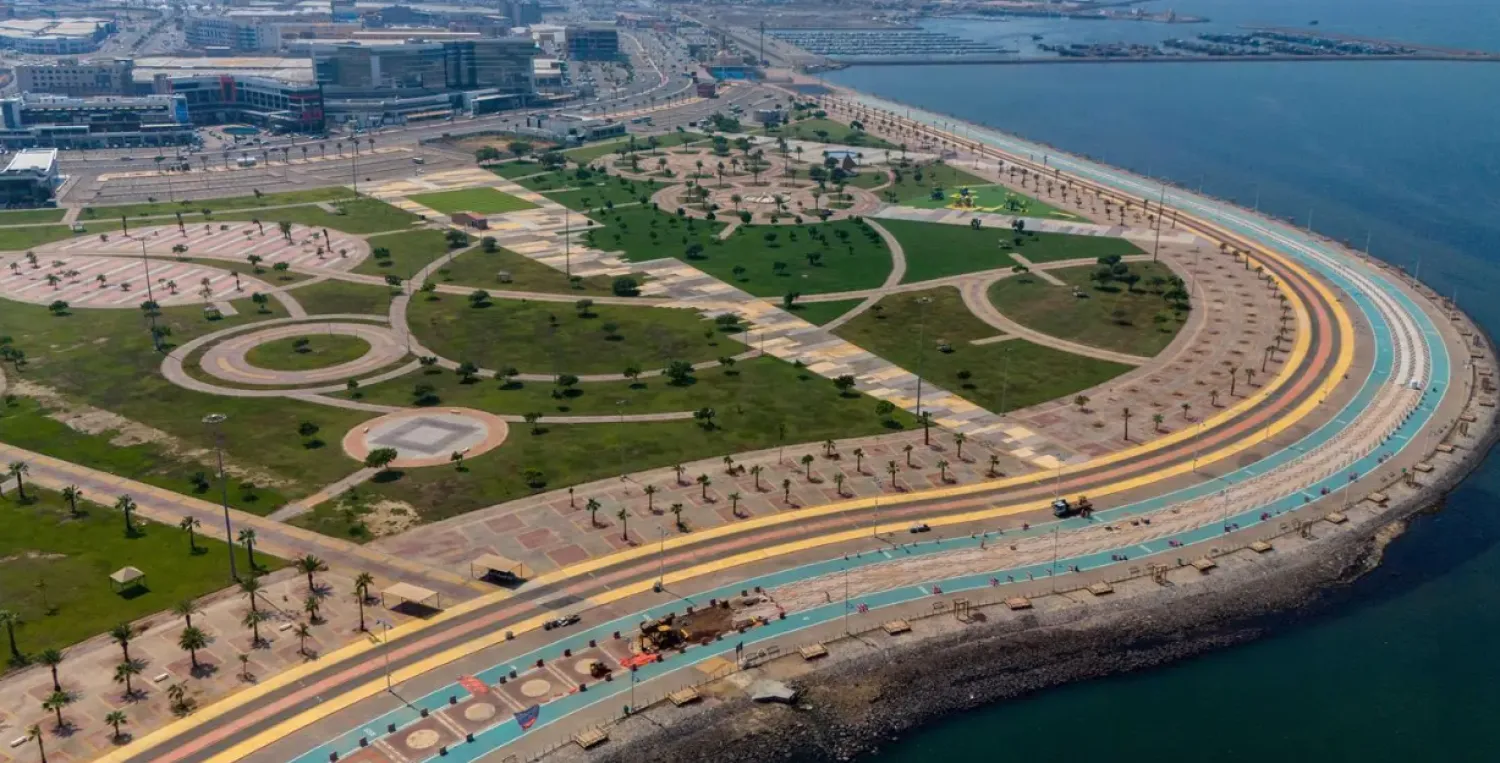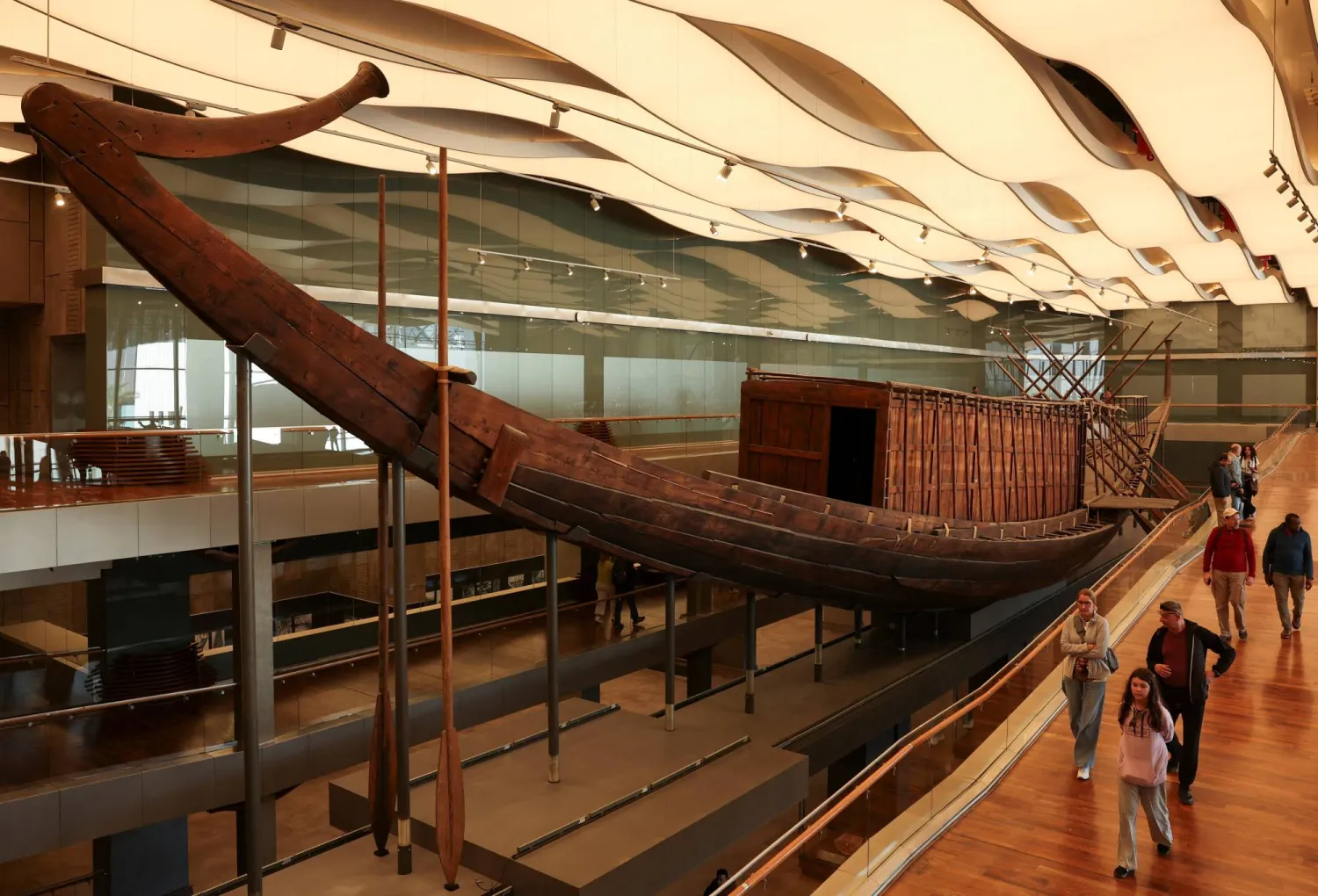Riyadh’s embrace of the 45th session of the UNESCO’s World Heritage Committee hosting 3,000 guests from 21 countries, highlights the deep civilizational roots of the Saudi heritage sites.The kingdom boasts six sites enlisted on the World Heritage List, three out of which will be visited by the committee’s representatives. The list is expected to include further sites that reflect the richness of the Saudi culture and heritage in different regions. During its meeting in Riyadh, the committee has studied proposals to add 50 new sites from around the world on its World Heritage List, which already features 1,157 sites in 167 countries.
Six History-rich Heritage Sites
The six Saudi sites featured on the UNESCO’s World Heritage List shed lights on the kingdom’s rich legacy consisting of many historic events and civilizations with esteemed history.
Al-Hijr Valley overlooks 153 stone structures
Wadi Al-Hijr or Al-Hijr Valley was the first Saudi site to join the World Heritage List. Located in northwestern Saudi Arabia, it overlooks 153 sculpted stone structures, Islamic antiquities, fortresses, and the remnants of the Hejaz Railway, which all witness on the different historic eras that Al-Hijr saw, and highlight its strategic location on the route connecting the south of the Arabian Peninsula to Mesopotamia, the Levant, and Egypt.The valley was one of the most prominent centers of the Nabatean Kingdom, which ruled the region until the 4th century AD, and the largest southern Nabatean settlement after Jordan’s Petra. The valley was also the capital of the Lihyanite Kingdom in the north of the Arabian Peninsula.In 2008, the site was the first Saudi site added on the UNESCO’s World Heritage List.
At-Turaif District ... cornerstone in the establishment of Saudi Arabia
Standing proudly in the heart of Diriyah, At-Turaif District is described as a historic gem whose mud walls reflect a bright history. It was the base of the First Saudi State, and the starting point of the country’s unification and the kingdom’s foundation.Surrounded by Wadi Hanifa, one of the most famed valleys in the Arabian Peninsula, At-Turaif District was established in the 15th century. It’s known for its unique Najdi architecture, and was the capital of the First Saudi State and a hub for trade and education.The district has maintained its unique architectural style boasting sturdy buildings and fortresses made of mud and palm branches that survived over the years. It has recently opened its doors as a tourism destination that takes visitors in a trip back to the early moments of the prospering Saudi entity.The historic district embraces the Salwa palace, extending over an area of 10,000 sqm, a historic landmark and a residence of the Al Saud princes and kings. Its name was inspired by its diverse functions, the palace was not only a residence, but also a center of entertainment for its old and current inhabitants.
Al-Balad, Jeddah... Window on the sea, history
Overlooking the Red Sea, the coastal city of Jeddah tells the story of a community with many experiences that cumulated over the years in Al-Balad area, also known as Historic Jeddah, which boasts unique architectural features and ancient houses that captivate visitors flocking from eight gates that each has its own significance and stories.Hundreds-year-old alleys, houses, and khans have formed the historic area from which the contemporary Jeddah has emerged, the charming city on the Red Sea coast that has become one of the brightest Arabic modern cities. The historic city, combined with the promising future and the spirit of great history, make the story of Jeddah, a historic center of Muslims since 647 AD.
Stone art in Hail
The sites of Jubbah, Rata and Al-Manjur in Hail, famed for exceptional stone engravings on their mountains, which dates back to more than 10,000 years BC, have joined the World Heritage List in 2015.Stone engravings can be seen everywhere on the mountains of Umm Senman, Rata and Al-Manjur area. The illustrations, dating back to prehistory, mostly the modern stone age (14,000 years before history) depict people and animals.
Al-Ahsa Oasis... Green Gem
Surrounded by over two million trees, Al-Ahsa Oasis enjoys a natural beauty and historic glare that have made it one of the largest palm oases in the world, and a historic and cultural witness on the ancient human in the Arabian Peninsula, how they adapted to the local environmental conditions and used the available tools to ensure a sustainable life.Located in eastern Saudi Arabia, the oasis includes historic sites, green parks, conventional irrigation channels and fresh water wells. It also features Al-Asfar Lake, the largest water compound in the Gulf region, where lives a complete fungi ecosystem.Alongside the unique natural landscapes, the oasis has many historic buildings and sites that reflect the history and cultural structure of the place, and shed lights on the human settlement in the Gulf region since the modern stone age. This unique cultural and natural landscape is an exceptional model on the interaction between human beings and their surrounding environment.
The Bir Hima Cultural Region ...largest stone art complex
The historic Bir Hima region in Najran, southern Saudi Arabia, is the sixth and last Saudi site that joined the UNESCO’s World Heritage List. It includes over 34 locations of stone engravings and wells that stretch along the route that convoys used to cross from the south to the north of the Arabian Peninsula.The 557-sqm art stone area in Bir Hima features 550 stone art structures with hundreds of thousands of engravings depicting hunting, animals, plants, and the lifestyles of a culture that spanned over 7,000 years.
Sites on the waiting list
In 2015, the UNESCO has added ten Saudi sites to its tentative list, a first step on the way to the World Heritage List, including Al-Ahsa Oasis, which was later upgraded to a World Heritage Site in 2018.Other Saudi sites are expected to join the list given their historic significance, such as the Damascene and Egyptian pilgrimage route, the Zubaydah Trail, the Hejaz Railway, and Qaryat Al Faw.









